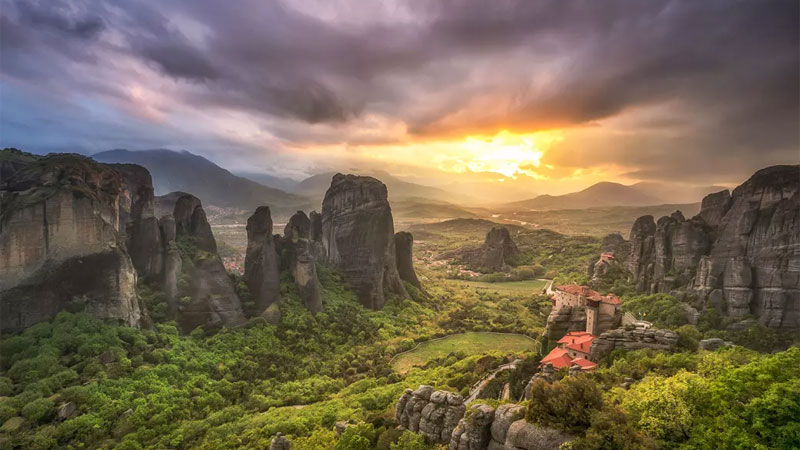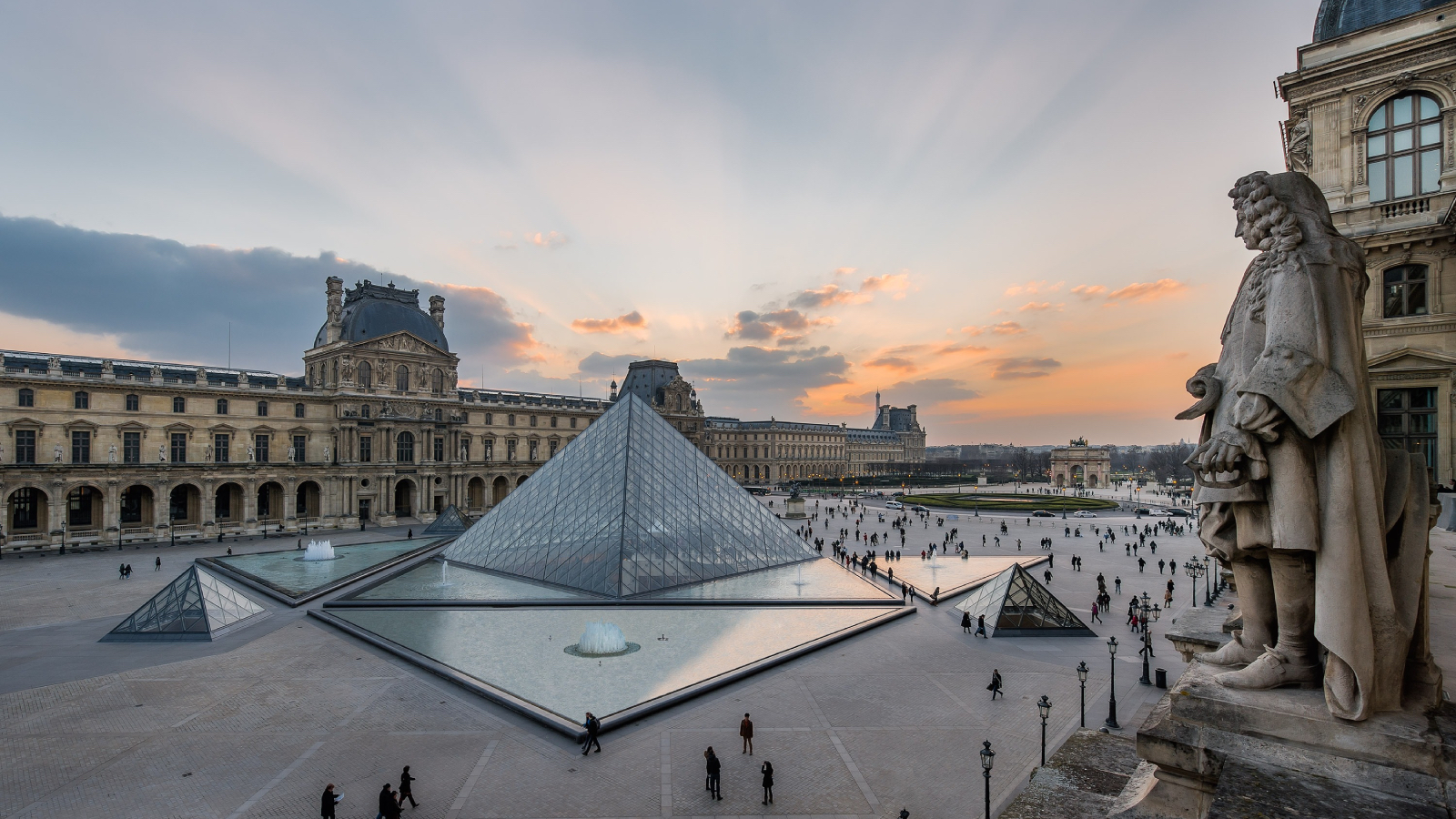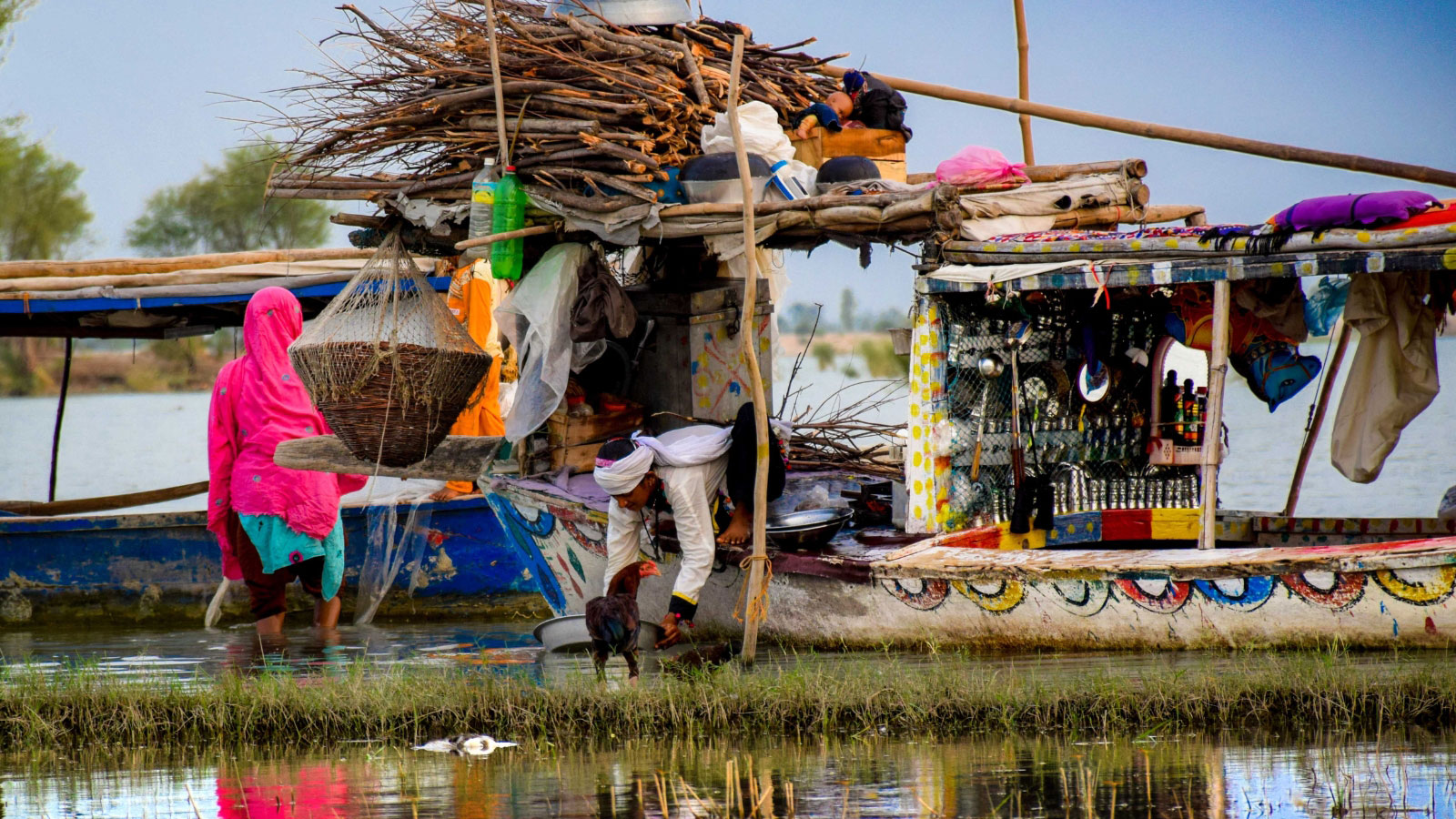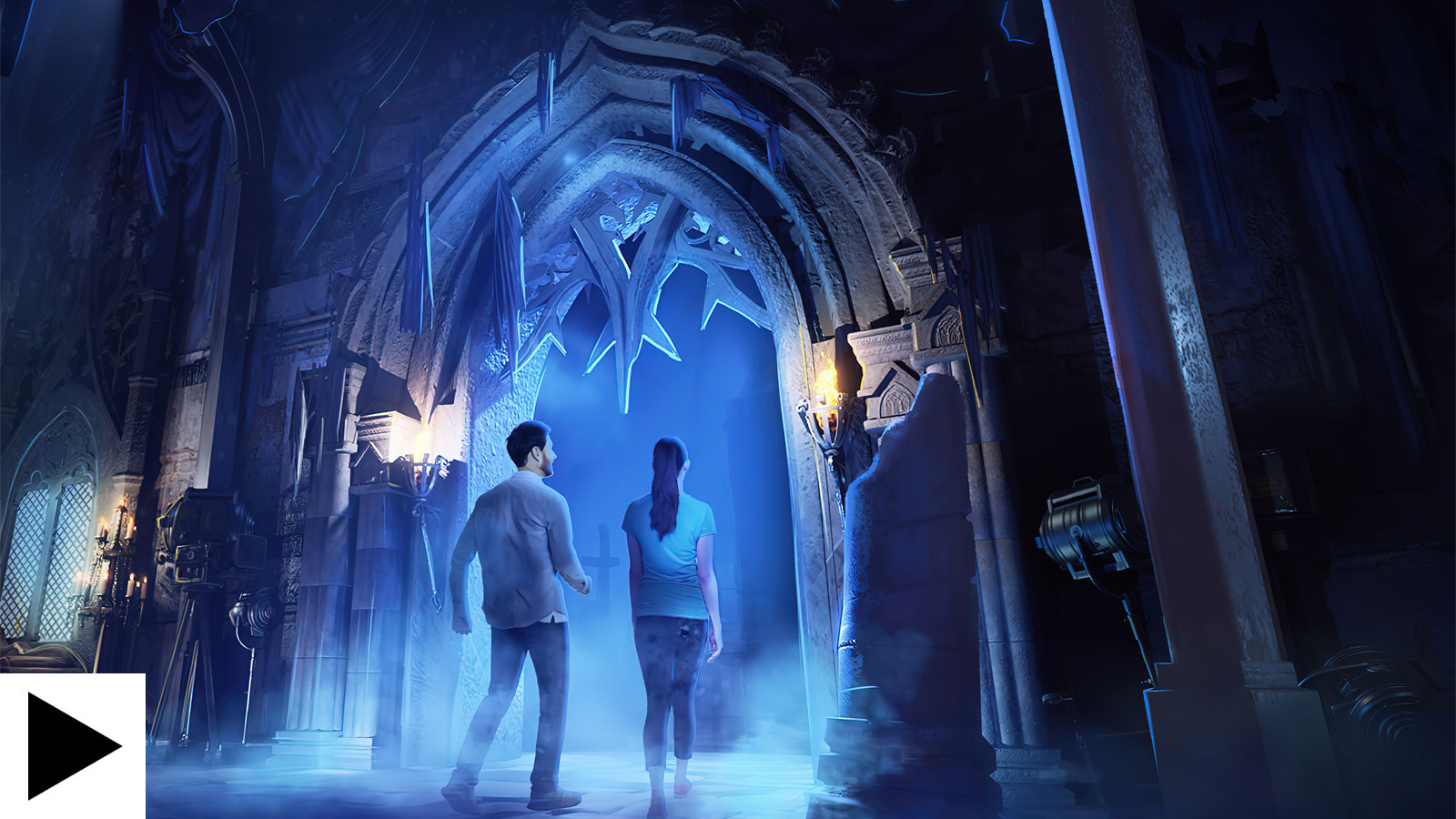|
Unesco has added 18 new locations to its list of Global Geoparks, with each location celebrated for its combination of conservation and local community involvement

Tom Anstey | Planet Attractions | 24 Apr 2024

 Greece is celebrating the addition of Meteora Pyli - a location famous for the towering Meteora sandstone columns Credit: Chris Karagkelis Greece is celebrating the addition of Meteora Pyli - a location famous for the towering Meteora sandstone columns Credit: Chris Karagkelis
Unesco has added to its list of Global Geoparks, recognising 18 new locations of geological significance that combine conservation efforts with community-led sustainable development.
Now totalling 213 such sites across 48 countries, the Geoparks use geological heritage, in connection with all other aspects of the area’s natural and cultural heritage, to enhance awareness and understanding of key issues facing society, such as using earth’s resources sustainably, mitigating the effects of climate change and reducing natural hazard-related risks.
The Geoparks also aim to empower local communities and allow them to develop cohesive partnerships with the common goal of promoting the area’s significant geological features, historical themes linked to geology, or outstanding geological beauty. Once recognised, the approval process sees a Geopark designated as such for four years after which the process is reevaluated.
Among the new additions are Schelde Delta - a location split between Belgium and the Netherlands that holds a unique geological position between the sinking North Sea Basin and the rising Brabant Massif. According to Unesco, the location shows “on a small scale what the effects of climate change and sea level rise are worldwide”.
In China, the Enshi Grand Canyon and Tenglongdong Cave make the list as a Geopark, with the topography forming a spectacular landscape characterised by cliffs, gorges, caves, and disappearing rivers. In addition to its geological features, visitors to the area can experience traditional architecture, folk songs, dances and festivals from the Tujia, Miao and Dong ethnic minority groups.
Greece is celebrating the addition of Meteora Pyli - a location famous for the towering Meteora sandstone columns that reach heights of up to 300m (980ft). At the top of these columns are Byzantine monasteries, constructed between the 13th and 16th centuries, which are an impressive site based on their location alone.
“The Unesco Global Geopark designation was created in 2015. It recognises geological heritage of international significance,” said Unesco.
“Unesco continues to promote the geopark concept in regions where Geoparks are less common, notably in Africa, the Arab States and Small Island Developing States. Unesco does this by facilitating expert missions, tailored training sessions and individual consultations on both a national and local scale, to guide the preparation of applications for Unesco Global Geopark status.”
The full list of newly designated Global Geoparks includes:
• Schelde Delta UNESCO Global Geopark, Belgium and the Netherlands
• Uberaba UNESCO Global Geopark, Brazil
• Enshi Grand Canyon-Tenglongdong Cave UNESCO Global Geopark, China
• Linxia UNESCO Global Geopark, China
• Longyan UNESCO Global Geopark, China
• Mount Changbaishan UNESCO Global Geopark, China
• Wugongshan UNESCO Global Geopark, China
• Xingyi UNESCO Global Geopark, China
• Biokovo-Imotski Lakes UNESCO Global Geopark, Croatia
• The South Fyn Archipelago UNESCO Global Geopark, Denmark
• Impact Crater Lake – Lappajärvi UNESCO Global Geopark, Finland
• Armorique UNESCO Global Geopark, France
• Normandie-Maine UNESCO Global Geopark, France
• Meteora Pyli UNESCO Global Geopark, Greece
• Bükk Region UNESCO Global Geopark, Hungary
• Land of Extinct Volcanoes UNESCO Global Geopark, Poland
• Oeste UNESCO Global Geopark, Portugal
• Calatrava Volcanoes Ciudad Real UNESCO Global Geopark, Spain
Heritage
|
|






Supplier Showcase 2025: The biggest attractions projects landing worldwide this year
|